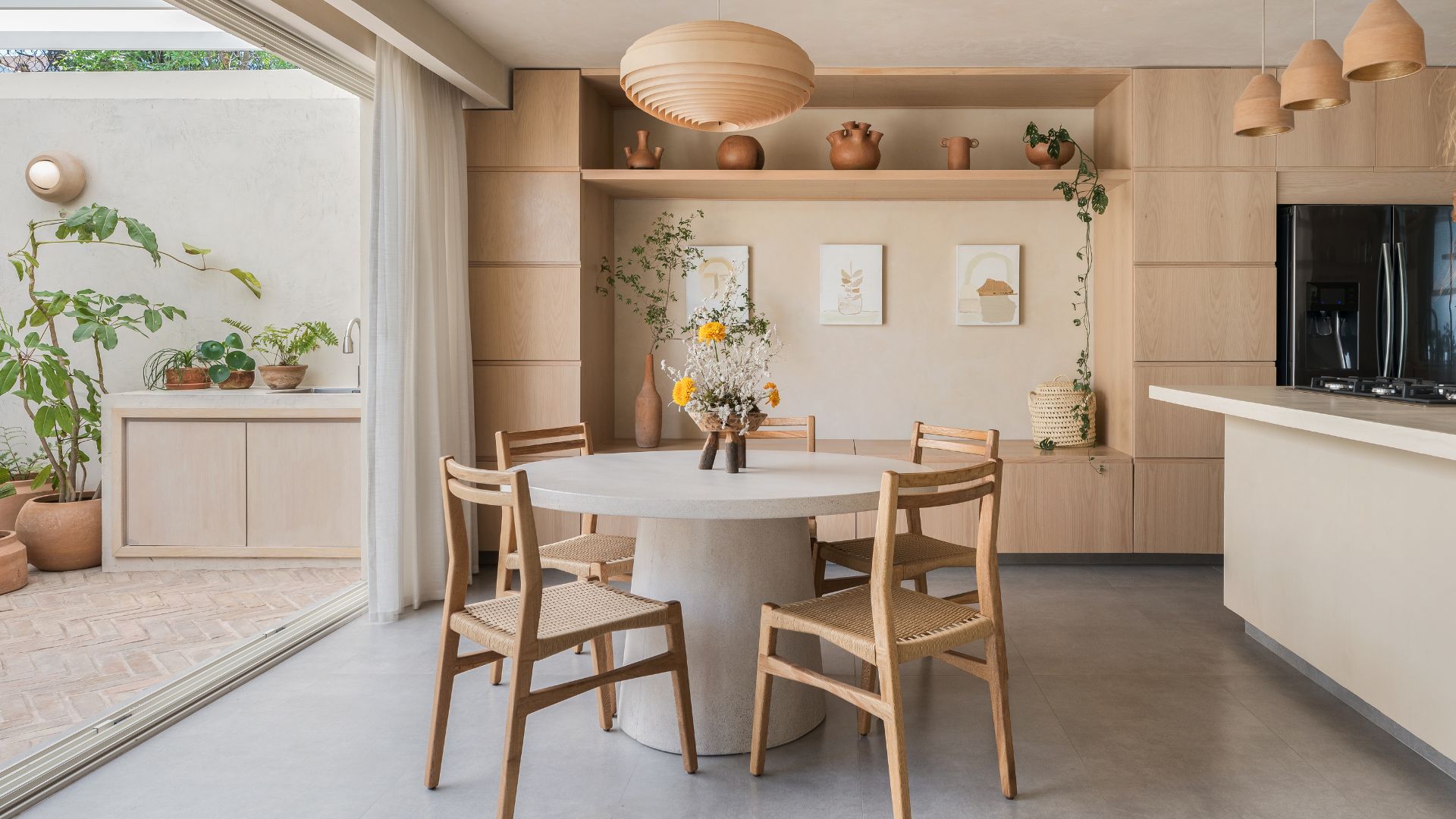
Junk blindness is when people become so accustomed to visual clutter in their environment that they stop noticing it. Over time, piles of paperwork, disorganized drawers, or cluttered desktops blend into the background, making the mess feel "normal" while subtly affecting productivity and mental clarity.
Junk blindness doesn’t happen overnight. Instead, it’s a gradual process. An item that once served a purpose might now be obsolete, untouched, or unnoticed. Over time, we become desensitized to it being there.
But here’s the good news: just like trying to organize a room with too much stuff, steps can be taken. By recognizing it and taking active steps to address it, you can reclaim your space, reduce clutter, and create a more functional and inviting home.
1. Overflowing Kitchen Drawers

A typical sign of junk blindness is drawers filled with mismatched utensils, takeout menus, and broken can openers. Despite opening these junk drawers daily, you may never think twice or stop to observe the sheer number of redundant or unusable items inside.
To fix this you can "Start with a simple declutter session," according to Courtney Finley, CEO of Organized Designs LLC. "Pull everything out, group similar items, and ask yourself: 'Do I actually use this?' Donate duplicates and toss broken or irrelevant items. Invest in kitchen organizers to ensure only useful tools make it back into the drawer."
2. Clothing You Don’t Wear
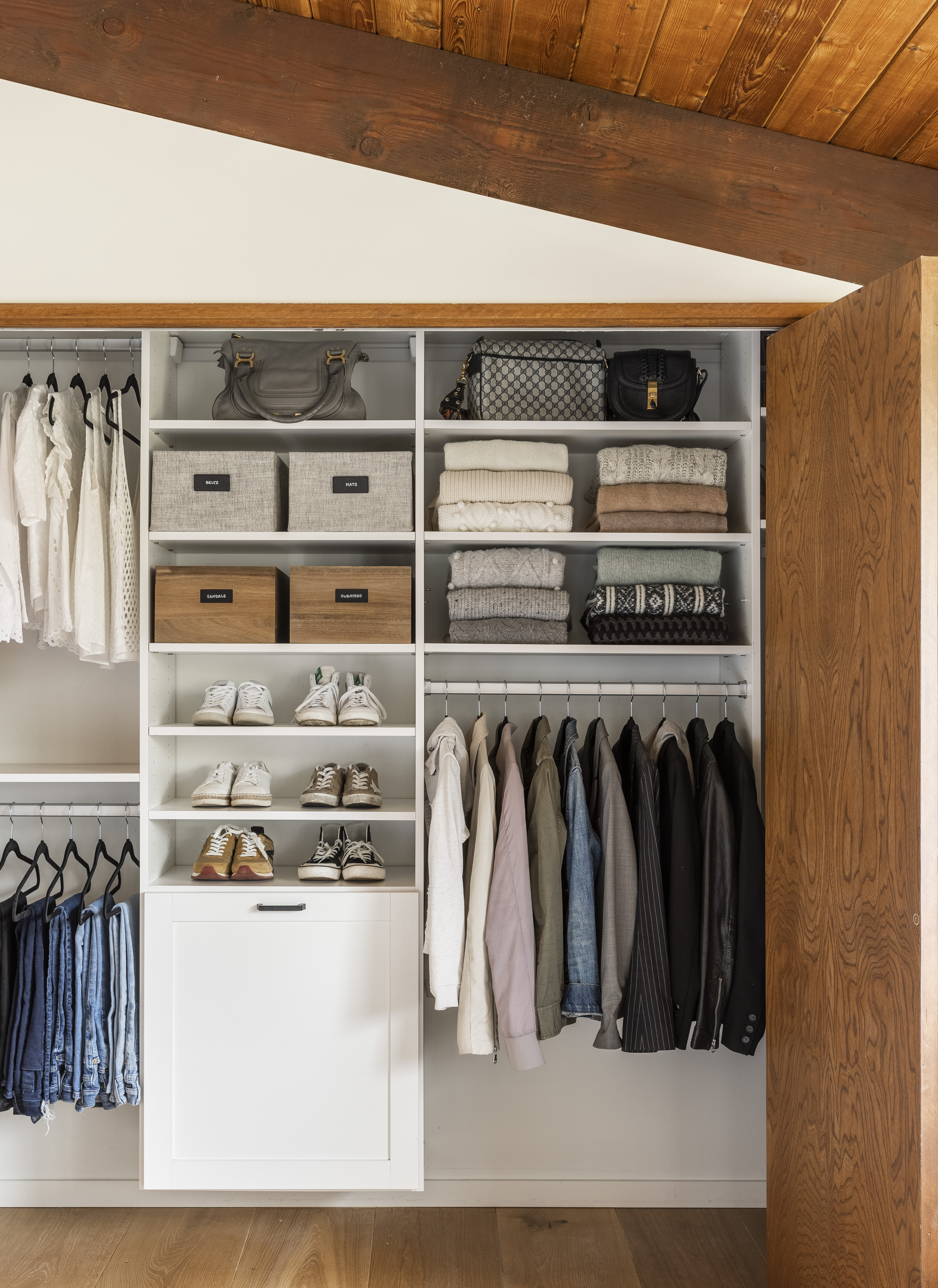
One common sign of junk blindness occurs in the closet. People often stick to their favorite go-to pieces when putting together an outfit or excuse themselves with a shopping trip if they become tired of their clothing options.
"If you really want to see how much of your wardrobe isn't worn, try the hanger trick," says Courtney. "Turn all your hangers backward at the start of a season. As you wear items, turn the hangers forward. At the end of the season, anything still on a backward hanger is a candidate for donation or recycling."
That is why it is essential to learn how to declutter a closet properly. This will help you create a seamless, easy-to-access closet space.
3. Decor That’s Lost Its Charm
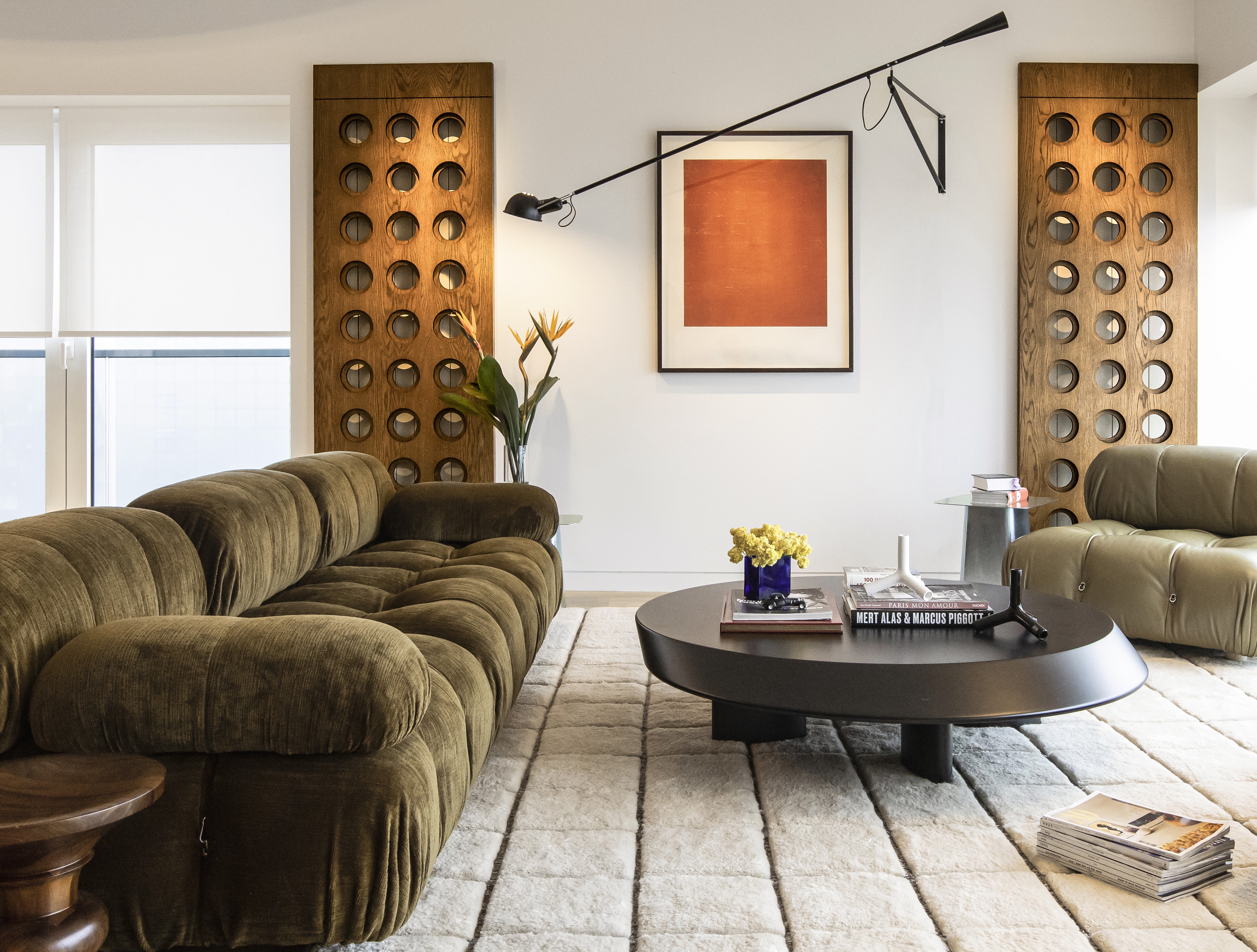
There are a few things to let go of when organizing your space. Picture frames with outdated photos, faded wall art, or random knick-knacks from a lifetime ago all contribute to junk blindness. If these pieces no longer match your decor or hold sentimental value, maybe it’s time to go through them all and reevaluate their importance.
Lauren Saltman, Professional Organizer and Owner of Living. Simplified. LLC recommends that you take a critical walk through your home and examine each piece of decor. "If it doesn’t spark joy or serve a purpose, consider refreshing it with updated photos, modern art, or a new arrangement that breathes life into your space."
4. Abandoned Electronics
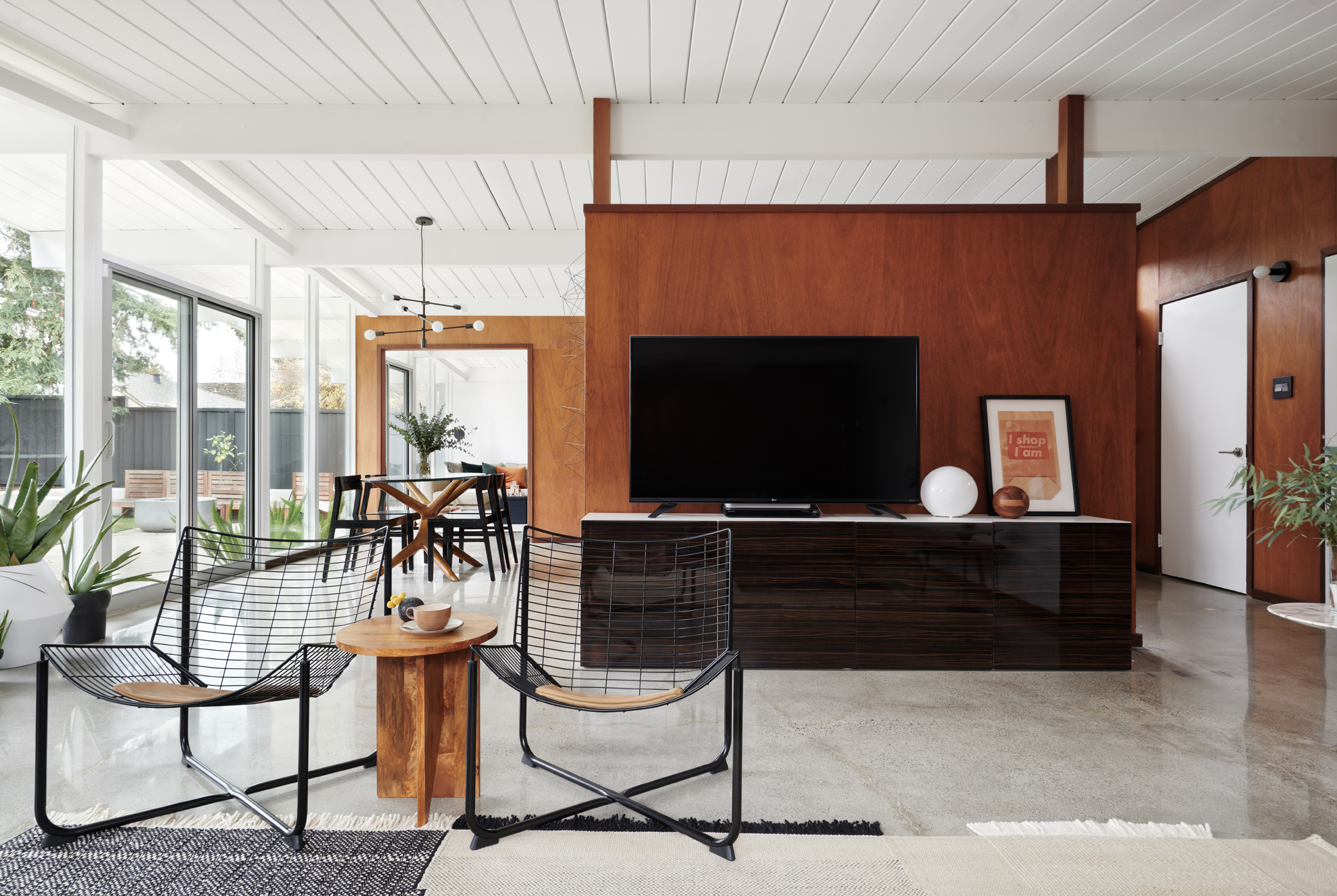
We are all guilty of the "out of sight, out of mind" mentality when it comes to cables and electronics. Old phones, tangled chargers, and outdated gaming consoles slowly build up over time, cluttering up your home, and we ignore them, always convincing ourselves they’ll be needed one day. The issue is that these tech relics serve no purpose yet occupy prime real estate in your home.
"Recycle responsibly by taking unused electronics to e-waste centers," suggests Lauren. "For items that still work, consider donating them to someone who might need them." For anything you genuinely want to keep, designate a single drawer or container from Amazon for essentials to keep things streamlined.
5. Garage or Storage Unit Overflow
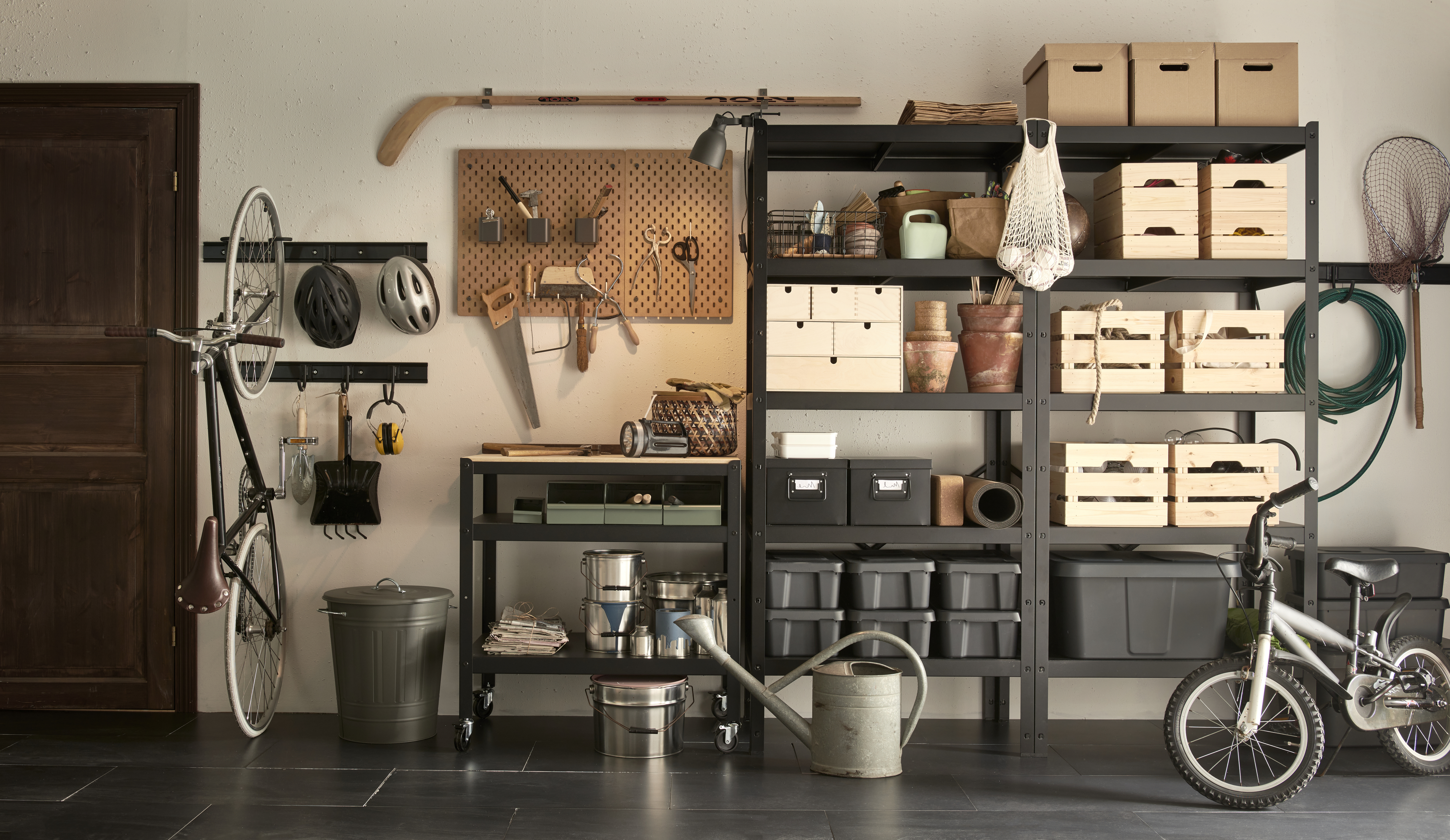
Boxes of items you haven’t opened since your last move, tools you never use, or childhood memorabilia you’re unsure how to handle build up over time and need to be stored. Understandably, you wouldn’t want these in the main house, so your garage becomes the go-to dumping ground.
Schedule time for a storage overhaul. Use the "four-box method": keep, donate, toss, or relocate. Be honest about what you truly value and make decisions with the goal of reducing excess. For memorabilia, consider digitizing photos or creating a designated keepsake box such as this Emme Square Handwoven Natural Rattan Storage Basket from CB2 or this Braided Seagrass Folio Bin from Target.
FAQs
What is home blindness?
In short, "home blindness" is a term used to describe someone who no longer sees or notices the flaws or strengths in their homes and becomes numb to it.
It derives from the Swedish word hemmablind which translates roughly to "home blindness."
Junk blindness might be a challenge many of us are guilty of, but it’s also an opportunity. By becoming more aware of the unnoticed clutter in your home, you can transform your space into one that feels lighter, more functional, and more aligned with your lifestyle.
Tackling junk blindness isn’t just about getting rid of stuff; it’s about making room for what truly matters — whether that’s cherished memories, peaceful surroundings, or simply more breathing room.
Get Organized With These Smart Reads
Price: $12.98
Was: $28.50
Type: Hardcover
As noted on Amazon: "The authors of The Home Edit and stars of the Netflix series Get Organized with The Home Edit teach you how to apply their genius, holistic approach to your work life, on-the-go necessities, and technology."







